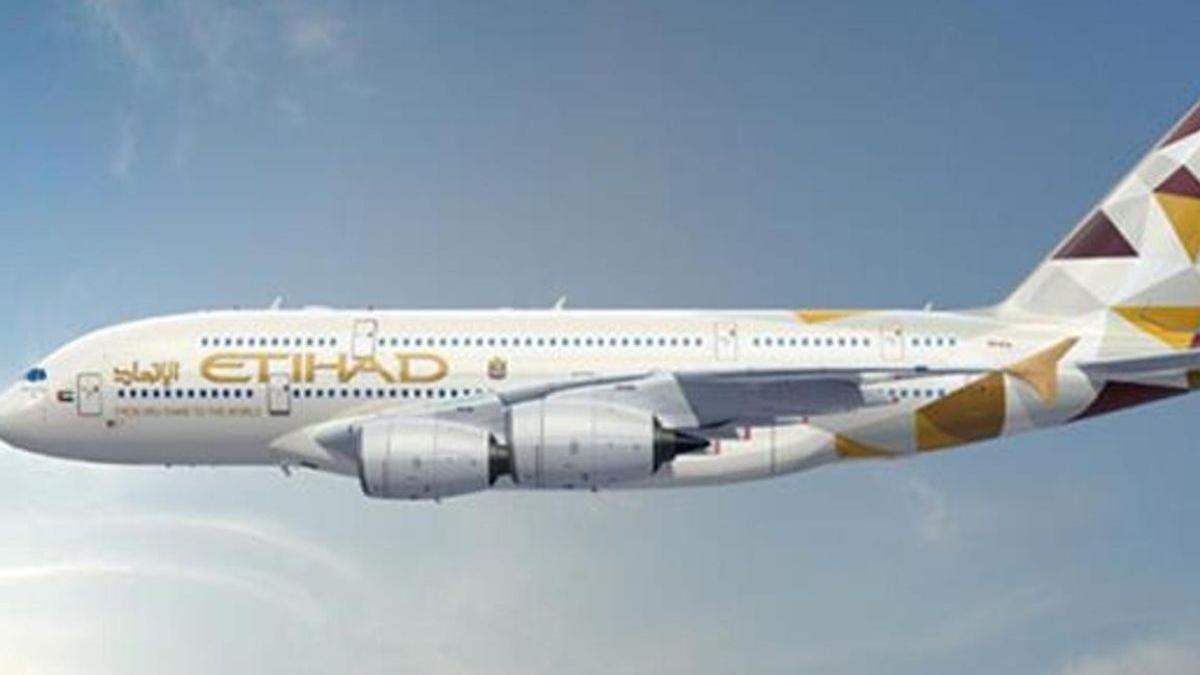Ahmedabad: In a decisive show of safety-first leadership, Etihad Airways and South Korean aviation regulators have launched urgent technical inspections across their Boeing 787 Dreamliner fleets, focusing on a critical cockpit component, the fuel control switches that came under scrutiny after the Air India AI171 crash last month in Ahmedabad.
The push for greater vigilance comes even as Boeing and the US Federal Aviation Administration (FAA) maintain that the issue does not present an ‘unsafe condition.’ Nevertheless, leading airlines and regulators are taking a precautionary path, placing crew and passenger safety above technical ambiguity.
The 12 June crash of an Air India Boeing 787-8 that killed all 260 onboard and several on the ground, has served as a wake-up call across the global aviation industry. According to the preliminary report by India’s Aircraft Accident Investigation Bureau (AAIB), both fuel control switches in the cockpit moved from “RUN” to “CUTOFF” seconds after take-off, cutting off fuel to both engines. Although the engines reignited, it was too late to recover the aircraft.
These switches are equipped with mechanical locking features to prevent accidental movement. However, the investigation is now probing whether a faulty switch lock, mechanical failure, or unintended cockpit interference may have contributed to the crash.
Etihad acts swiftly: Pilot Advisory and Fleet-Wide Inspection
In response to the emerging safety concern, Etihad Airways has issued a two-pronged safety directive:
•A technical bulletin ordering inspections of the locking mechanisms on all its Boeing 787s.
•An advisory to pilots, instructing them to exercise heightened caution when operating or moving near the fuel switches and avoid placing items on the center pedestal.
“Safety is at the heart of everything we do,” an Etihad spokesperson said. “This proactive action reflects our unwavering commitment to risk mitigation, even in the absence of a mandatory directive.” This action positions Etihad as one of the first international carriers to take preventive steps, setting a benchmark for peer airlines globally.
South Korea steps in: regulatory oversight in motion
South Korea’s Ministry of Land, Infrastructure and Transport (MOLIT) has announced that it will require all Korean carriers operating Boeing 787s and other aircraft with similar cockpit configurations to conduct fuel switch mechanism checks.
While the timeline for mandatory inspection is still being finalized, the ministry emphasized that the move is based on lessons learned from the Air India crash and is consistent with recommendations in a 2018 FAA Safety Alert, which had previously warned operators of potential issues with the switch lock engagement.
“Even if Boeing states that the switches pose no fatal threat, the consequences of failure are too serious to ignore,” an official from South Korea’s aviation authority noted. “Our priority is prevention, not reaction.”
Aviation analysts believe that more airlines, especially those operating the 787 Dreamliner, may soon follow the lead set by Etihad and South Korea. Internal engineering teams in several carriers, including Singapore Airlines, Turkish Airlines, and Air Canada, are reportedly conducting internal reviews and risk assessments.
India’s DGCA (Directorate General of Civil Aviation) is also expected to release a technical circular once the AAIB’s final report is published.
Despite global concern, Boeing maintains that its cockpit fuel control design meets safety certification standards. In a statement, the company said: “We are cooperating fully with investigating authorities and support all safety-driven efforts. However, there is no indication that the design presents an unsafe condition that warrants fleet-wide changes.”
The FAA echoed this stance, noting that it would not issue an Airworthiness Directive at this time, as the issue appears isolated and previously covered under a non-binding 2018 advisory.
Industry experts point to a widening gap between technical compliance and operational safety culture. While Boeing’s position may be technically sound, airlines like Etihad are demonstrating that passenger confidence and risk aversion are increasingly driving decisions, especially in a post-pandemic world where public trust is critical.
With the investigation into the Air India crash still unfolding, the aviation industry faces a crucial question: Should known risks be addressed only when mandated or proactively, when lives are at stake? In choosing the latter, Etihad and South Korea are setting a new standard, one where safety isn’t just a checklist, but a culture.
As more airlines evaluate their Boeing fleets, the global response to this issue may well determine the future of cockpit safety design, MRO inspections, and regulatory alignment across regions.
